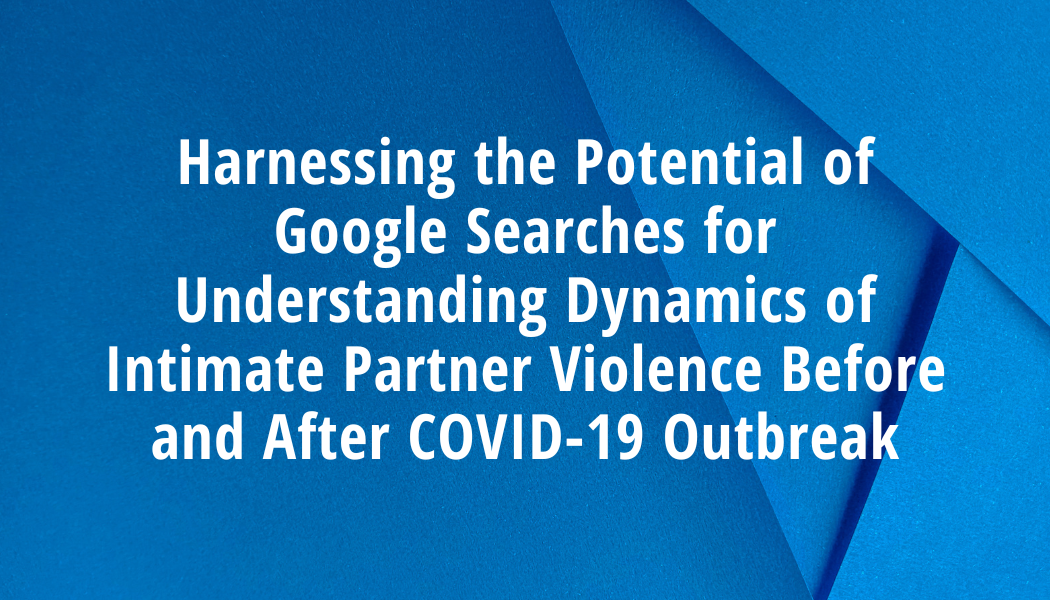
Commons Link
Harnessing the Potential of Google Searches for Understanding Dynamics of Intimate Partner Violence Before and After COVID-19 Outbreak
Working Paper Number
2022-61
Publication Year
2022
Authors
Paper Abstract
Most social phenomena are inherently complex and hard to measure, often due to under-reporting, stigma, social desirability bias, and rapidly changing external circumstances. This is for instance the case of Intimate Partner Violence (IPV), a highly-prevalent social phenomenon which has drastically risen in the wake of the COVID-19 pandemic. This paper explores whether big data — an increasingly common tool to track, nowcast, and forecast social phenomena in close-to-real time — might help track and understand IPV dynamics. We leverage online data from Google Trends to explore whether online searches might help reach “hard-to-reach” populations such as victims of IPV using Italy as a case-study. We ask the following questions: Can digital traces help predict instances of IPV — both potential threat and actual violent cases — in Italy? Is their predictive power weaker or stronger in the aftermath of crises such as COVID-19? Our results suggest that online searches using selected keywords measuring different facets of IPV are a powerful tool to track potential threats of IPV before and during global-level crises such as the current COVID-19 pandemic, with stronger predictive power post outbreaks. Conversely, online searches help predict actual violence only in post-outbreak scenarios. Our findings, validated by a Facebook survey, also highlight the important role that socioeconomic status (SES) plays in shaping online search behavior, thus shedding new light on the role played by third-level digital divides in determining the forecasting power of digital traces. More specifically, they suggest that forecasting might be more reliable among high-SES population strata.